
The first commercial offshore wind farm to make use of the next generation of giant 8MW turbines will be officially inaugurated later today at a ceremony to mark the official opening of the Burbo Bank Extension project in Liverpool Bay.
The 258MW project has been developed by DONG Energy, which holds a 50 per cent stake alongside Danish pension fund PKA and KIKBI A/S, the parent company of LEGO Group, which each hold a 25 per cent stake.
The 8MW turbines have been provided by MHI Vestas and make use of the first blades to be manufactured in the UK at the company’s factory on the Isle of Wight. Each turbine stands at 195 metres tall and boasts blades that are 80 metres long and weigh 35 tonnes.
The 32 turbines installed seven kilometres off the coast are set to provide enough clean power for 230,000 homes.
The emergence of a new generation of turbines capable of delivering significant higher levels of capacity than earlier models has been widely credited with pushing down the cost of offshore wind energy. An industry-backed study earlier this year said that improvements in technology and project management had helped drive costs down by around a third over the past four years.
DONG said the project would also enable a £225,000 a year community benefit fund and support for the RNLI lifeboat at New Brighton.
In addition, the company has pledged to work with Teach First social enterprise to coach teachers and increase the number of science, technology, engineering and maths teachers in the region.
The project sits alongside the original Burbo Bank project, which came online in 2007. The original project was the first to make use of Siemens’ 3.6MW turbines, which delivered 90MW of capacity from 25 turbines.
DONG Energy said the scale of the extension project highlighted the “enormous progress” the industry has made over the past decade in boosting wind generation capacity and reducing costs.
The news comes several weeks after Lego-owner KIKBI A/S signalled that it was interested in following its initial investments in renewable energy with backing for further clean energy projects.
Chief Executive Soren Thorup Sorensen told Reuters that “we definitely have an appetite for more, and we’re constantly looking for possible investment opportunities”.
The news also follows a further boost for the UK’s offshore wind industry yesterday, after a Scottish court ruled Mainstream Renewable Power’s 450MW Neart na Gaoithe wind farm off the Scottish coast could proceed following a judicial review triggered by a legal challenge from the RSPB over the potential impact on sea birds.
RSPB said it would now consider the ruling before making a decision on whether or not to launch an appeal.
Source: businessgreen.com


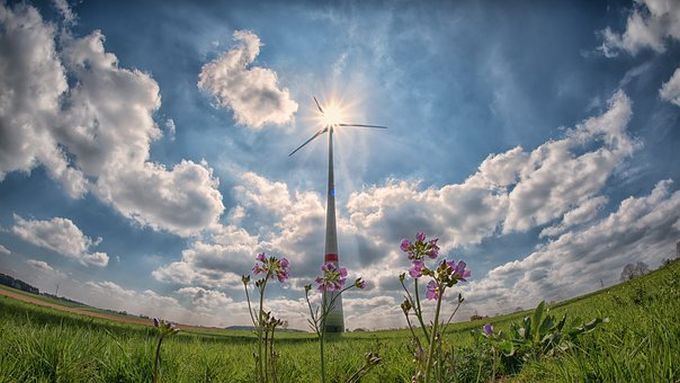
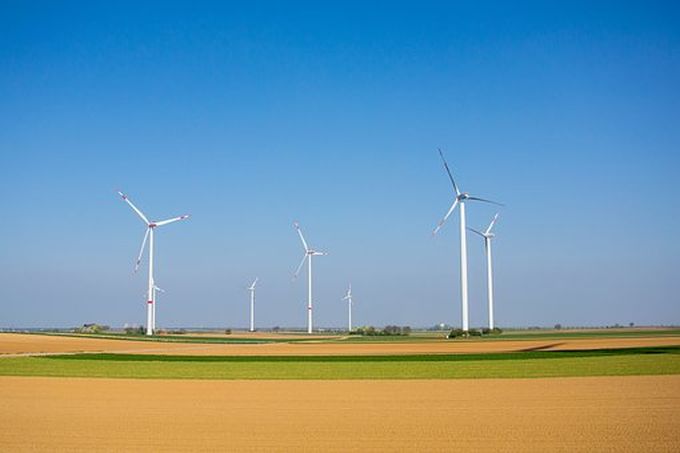
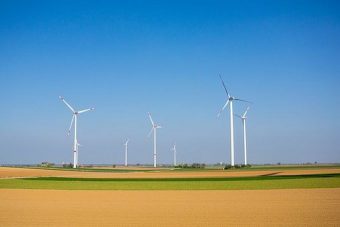


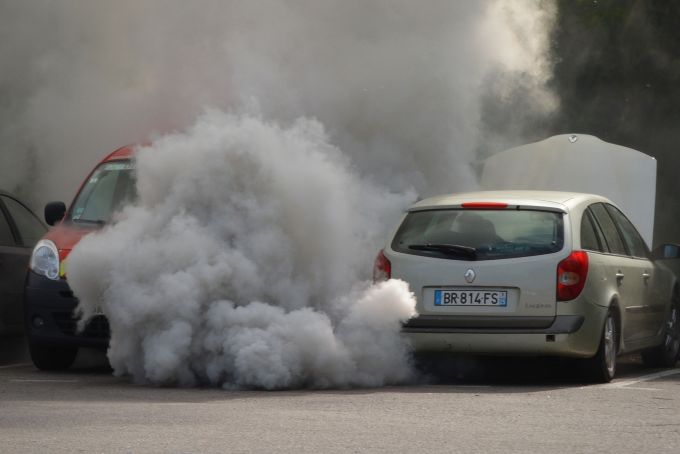
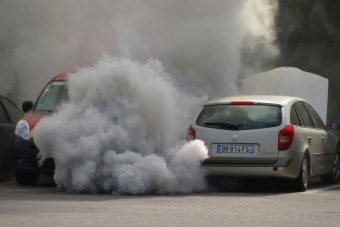


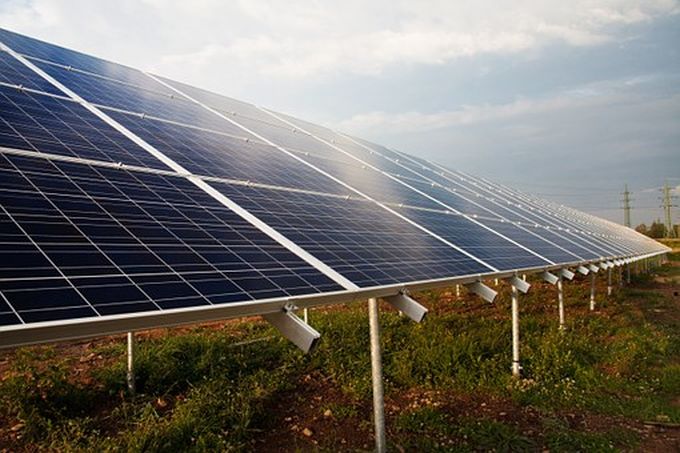
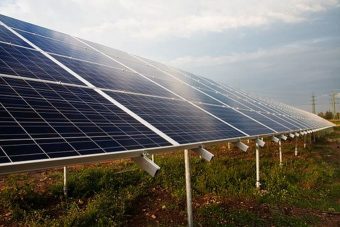
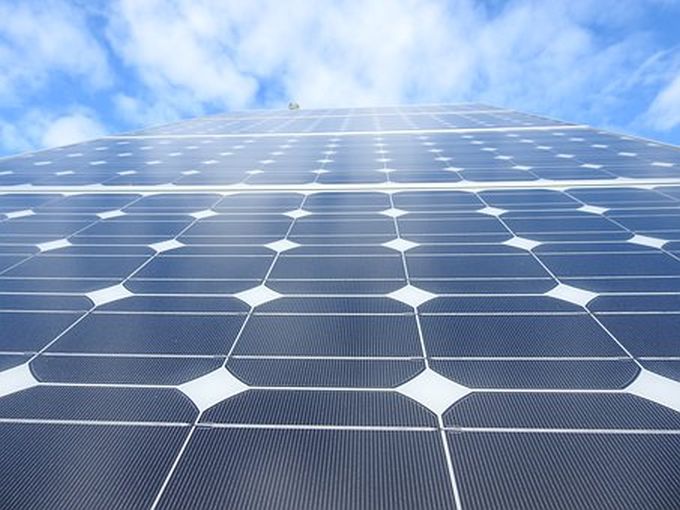
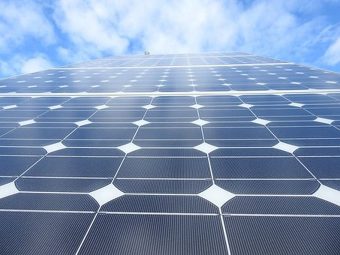






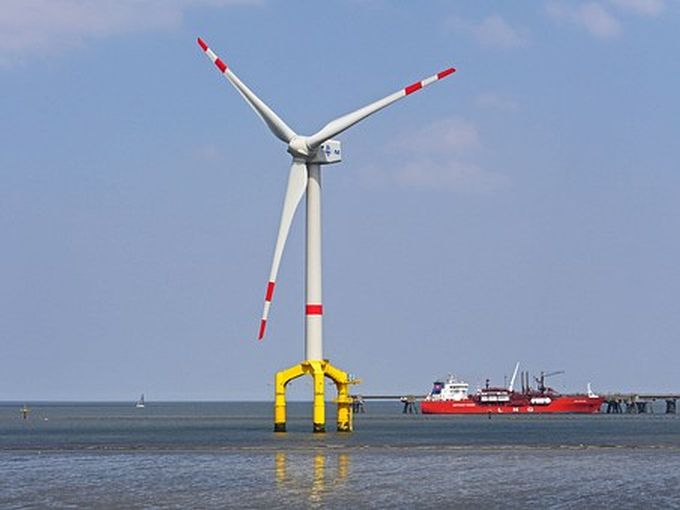




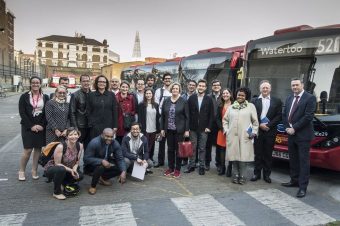 Travelling up to ten times further than the average passenger vehicle, urban buses are a significant source of pollution, impacting local air quality and global carbon emissions. By 2030, urban bus activity is set to grow nearly 50 percent from today’s levels. In addition, buses used for public transit are not replaced as frequently as passenger vehicles, meaning those purchased today can have environmental and health impacts that persist for more than a decade.
Travelling up to ten times further than the average passenger vehicle, urban buses are a significant source of pollution, impacting local air quality and global carbon emissions. By 2030, urban bus activity is set to grow nearly 50 percent from today’s levels. In addition, buses used for public transit are not replaced as frequently as passenger vehicles, meaning those purchased today can have environmental and health impacts that persist for more than a decade.


